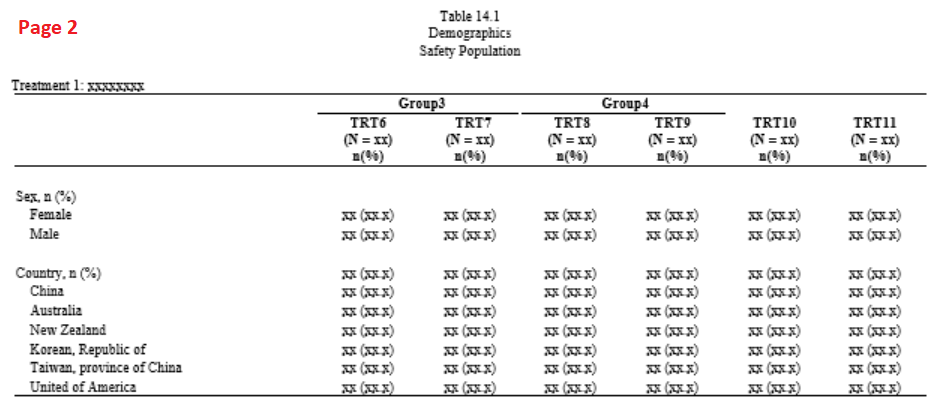

When a label statement is placed in a data step, the label stays with the variable for all subsequent procedures, unless relabeled. Label sbp1999= 'Systolic Blood Pressure in 1999'
#Pmenu sas procedure full#
Variable labels are used to provide a more full description of a variable than the sometimes cryptic variable names. Label varl= 'you supply label' var2= 'you supply label' You can add variable labels using the label statement as shown here. Here is what it would look like with gchart. Note that either vbar or hbar can be used. The discrete command tells SAS that the variable is discrete and to create a bar chart. To generate frequency tables you can use the generic commands: You can instead use proc gchart, which operates in the same way but produces nicer looking figures. You might notice these plots are not terribly attractive. To plot this horizontally you would use the following: Suppose we would like histograms of cholesterol in 1952, and a bar chart of coronary events. Input Obs chol52 chol62 age cor dchol agelt50

Recall the Dixon and Massey example data set from the first module To produce a horizontal bar chart/histogram replace vbar with hbar. Vbar tells SAS to produce a vertical bar chart/histogram. Proc freq is used to produce frequency tables (categorical data only) Histograms Proc chart is used to construct histograms for continuous variables or bar charts for categorical (or discrete) variables. The footnote will also continue to be displayed in your output (although we will not copy it here).

Notice that the title1 we used above will continue to be the first title, but we have reset the second title. Proc univariate produces descriptive statistics on continuous variables just like proc means, but many more of them, and also can produce some univariate plots. Note that the footnote actually appears at the bottom of the page here we moved it up so you can see it…

Title2 ' PROC MEANS - glucose, lactate and alanine' Input id grp age glucose lactate alanine
#Pmenu sas procedure code#
Follow the example code below to erase all titles and footnotes. The titles and footnotes will continue to appear for all subsequent procedure output until replaced. There can be as many as 10 titles or footnotes. When different title or footnote numbers are used, as in the examples below, the titles will appear one after another in the output. When title or footnote statements of the same number are used, the title or footnote is replaced. Title and footnote statements must come BEFORE or INSIDE the procedure for which they are to appear. To make your output easier to read, you can use the title statement to create output page headers and the footnote statement to create output page footers. Use the Output Delivery System in SAS (ODS).Use proc sort and the "by" statement in procs.Create subset data sets using keep/drop and select if.Enhance output using titles and footnotes.Learning ObjectivesĪfter completing this modules, the student will be able to: This module continues the introduction to some basic, but very important and frequently used commands and operations in SAS. Module 3: SAS Programming Basics - Part 2


 0 kommentar(er)
0 kommentar(er)
